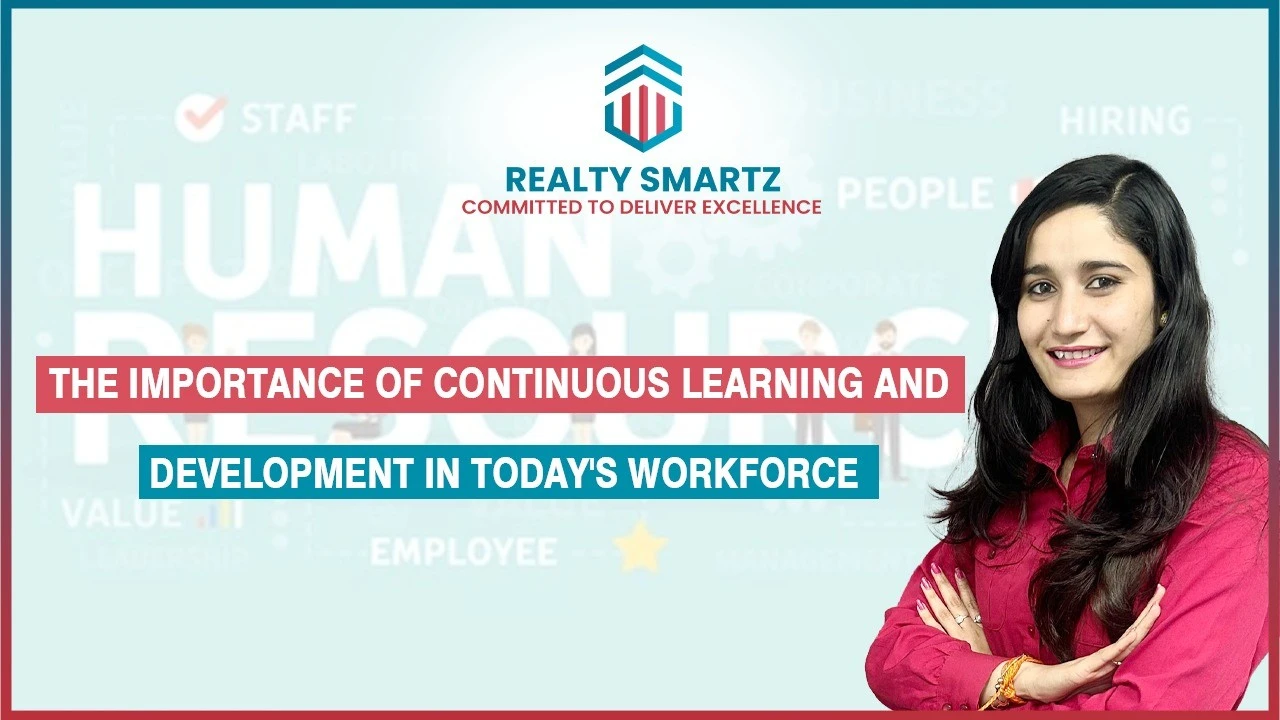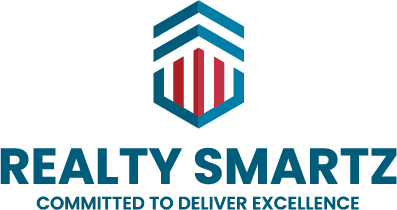
The Importance of Continuous Learning and Development in Today’s Workforce
In today’s rapidly evolving workplace landscape, the importance of continuous learning and development cannot be overstated. With technological advancements, changing job roles, and global competition, organizations must prioritize employee growth and skill enhancement to remain competitive. This article explores why continuous learning and development are essential for both employees and organizations in today’s workforce.
Adapting to Technological Advancements:
Technology is constantly evolving, and employees must stay updated with the latest tools and trends to remain relevant in their roles.
Continuous learning programs help employees acquire new technical skills and adapt to emerging technologies, enabling them to perform their jobs more efficiently and effectively.
By investing in employee development, organizations can ensure they have a workforce equipped to leverage technology for innovation and growth.
Meeting Changing Job Demands:
Job roles are becoming increasingly complex and multifaceted, requiring employees to possess diverse skills.
Continuous learning and development initiatives enable employees to upskill and reskill, allowing them to meet the changing demands of their roles and take on new responsibilities as needed.
By providing opportunities for professional growth and advancement, organizations can retain top talent and build a workforce capable of driving organizational success.
Fostering a Culture of Innovation and Creativity:
Continuous learning encourages a culture of curiosity, experimentation, and innovation within organizations.
Employees continuously learning are more likely to think creatively, problem-solve effectively, and contribute new ideas and perspectives to the organization.
By nurturing a culture of continuous learning, organizations can foster innovation and maintain a competitive edge in the marketplace.
Enhancing Employee Engagement and Satisfaction:
Employees value opportunities for growth and development in their careers.
Organizations that invest in employee learning and development demonstrate a commitment to their employee’s professional growth and well-being, leading to higher levels of engagement and job satisfaction.
Engaged employees are more motivated, productive, and loyal, ultimately contributing to organizational success and performance.
Conclusion:
In today’s dynamic and competitive business environment, continuous learning and development are not just desirable but essential for both employees and organizations. By investing in employee growth and skill enhancement, organizations can adapt to change, foster innovation, and maintain a motivated and engaged workforce. Embracing a culture of continuous learning is key to unlocking the full potential of employees and driving organizational success in the modern workforce.
